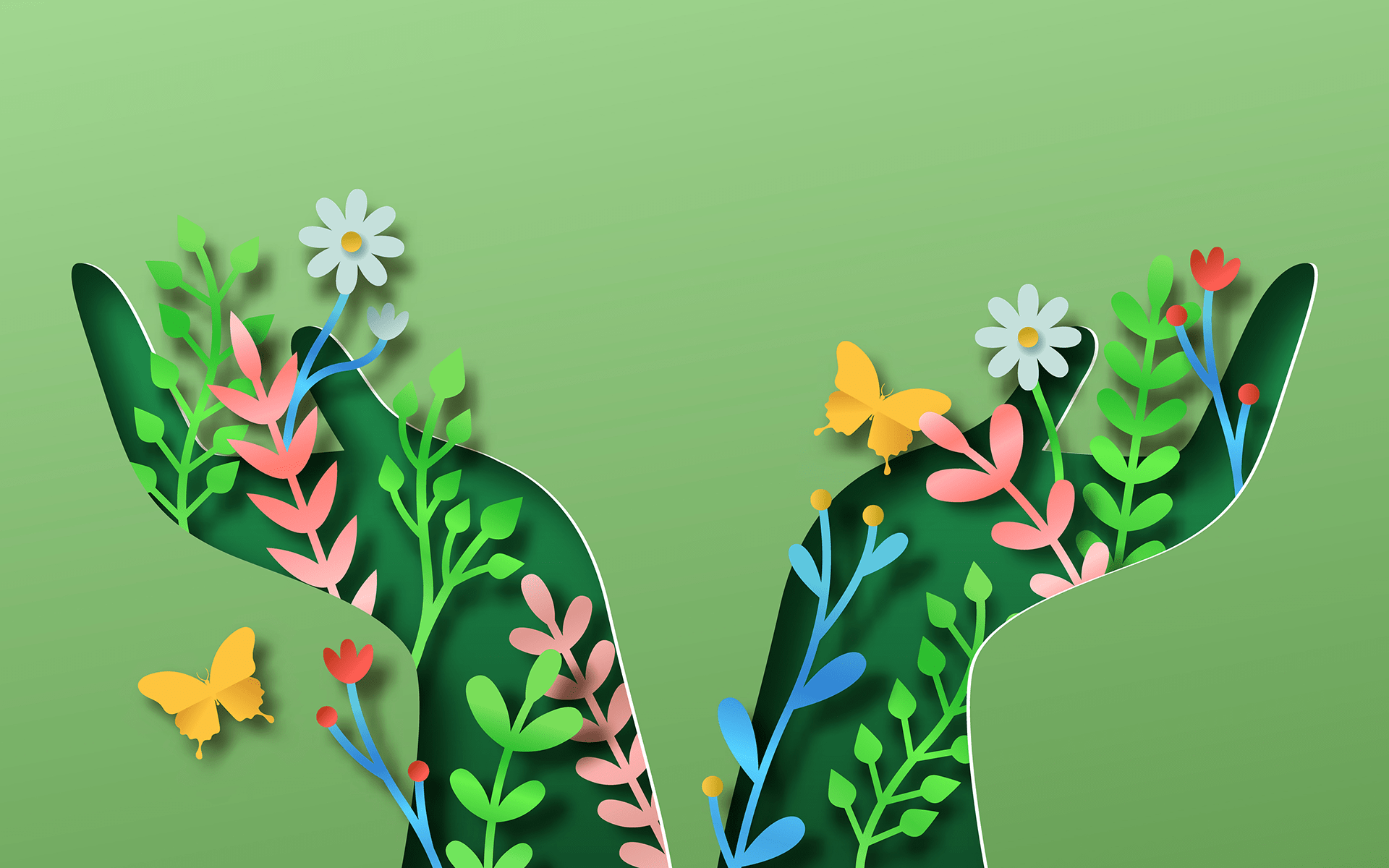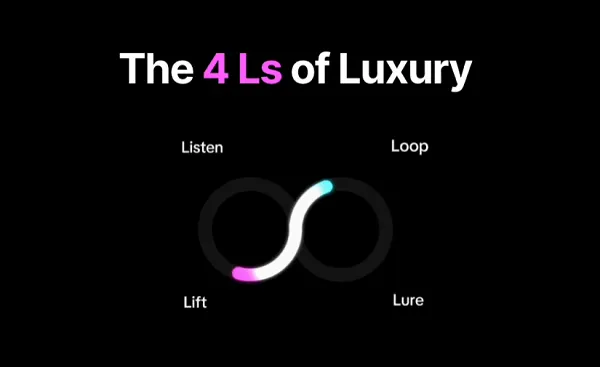Mindfulness is essentially a deep-listening practice that cultivates a profound quality of receptivity. Listening is a beautiful doorway to the present moment, a tuning into what’s here.
With listening practice, we develop the qualities of receptivity, relaxation, and a sense of naturalness. We don’t need to make much effort to hear anything. A sound arises and is known quite easily and naturally in awareness.
So, with this particular meditation, the intention is to cultivate a sense of ease, receptivity, openness, and where we allow the sounds to be the focus for our attention, simply present to the ebb and flow in the soundscape.
A 12-Minute Nature Meditation for Being in the Moment
A 12-Minute Nature Meditation for Being in the Moment With Mark Coleman
Find a place outside where you can sit comfortably, relaxed, safe, and at ease. I suggest you sit with your eyes closed, or if that’s not comfortable, lower your gaze. Begin by just sensing your body sitting. Then turn your attention to sounds, to hearing, to listening. Be aware of the panorama of sounds: distant sounds, near sounds. Depending on where you’re doing this meditation, you may hear an array of
nature sounds: birdsong, the sound of wind. And, most likely: human sounds, mechanical sounds, traffic. From the perspective of awareness, simply attune to sounds coming and going in the field of your attention.
Stay present in awareness where each sound is coming and going. There’s no need to label the sound or visualize the source of the sound. Simply be present to the ebb and flow of sounds. Be aware of the silence that the sounds emerge from and pass back into. Of course, you’ll notice many other things in the field of your experience: sensations in the body or breath, thoughts, images, feelings. Acknowledge those things when they call the attention. And then keep attuning awareness to hearing, listening to the soundscape, the ebb and flow of sounds. Allow your attention to be wide, open, spacious, receptive. Sounds are coming and going in the field of awareness.
Notice any tendency to a preference for some sounds over others—the liking of certain sounds, the disliking of certain sounds. In this practice of mindfulness, we’re simply present to the whole range of experience. Notice any response or reactivity. Try to rest in the still point in the center, present to this whole range of experience of sounds, welcoming and inviting them all in.
Notice when attention wanders and acknowledge that without judgment, bringing attention back here to
the experience of sitting; listening, being mindful of the impact of this experience of simply listening with open awareness.
Notice how hearing impacts your body, heart, or mind. Notice how effortless this experience of mindful listening can be. There’s no need to struggle or strive. We’re simply hearing and are aware of hearing.
As we bring this practice to a close, notice the influence of this simple meditation, mindful listening. Notice its impact. Sense what influence it’s had on your mind and heart and body.
You may choose to practice this in different locations throughout the week. Notice what it’s like to practice mindful listening indoors or outside in a park or in a busy area where you live, where there are a lot of sounds.
I invite you to be aware of how you can bring awareness to sounds as a support for mindfulness, as a support for present-moment awareness. See how sounds are inviting us over and over, here, in this moment. Let’s be curious as we move through this week, to explore sounds, and how we can bring awareness to them wherever we are.
Why take your mindfulness practice outside? Rochelle Calvert explains how being in nature releases us from needing to “try” or “do,” so that we can feel more connected to the world around us.
Read More 
Rochelle Calvert
April 29, 2022
If the closest you get to nature is an image on your screen saver, science recommends getting a better dose of green. Here are three ways.
Read More 
Carsten Knox
March 22, 2013


 MikeTyes
MikeTyes 



























.jpg&h=630&w=1200&q=100&v=6e07dc5773&c=1)




